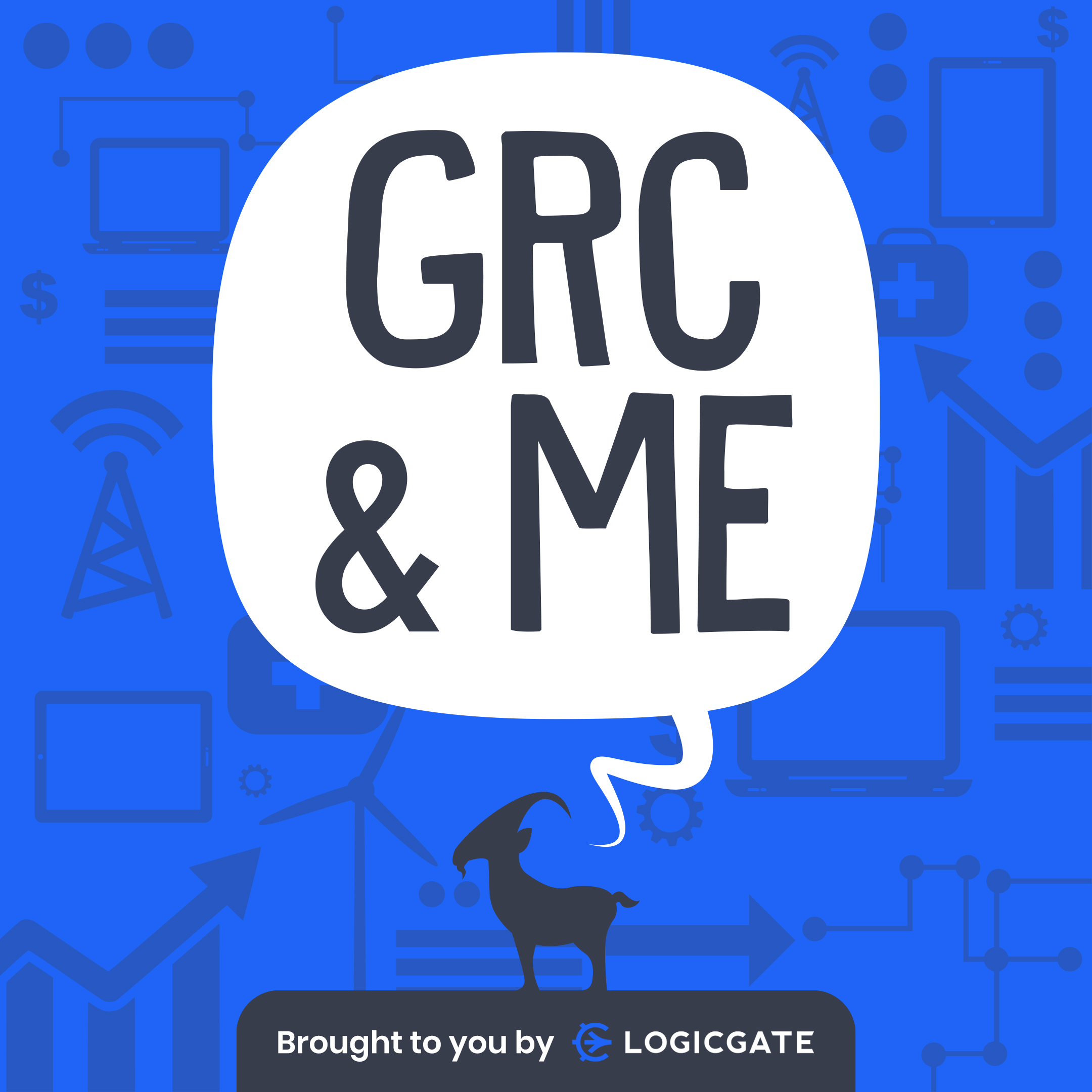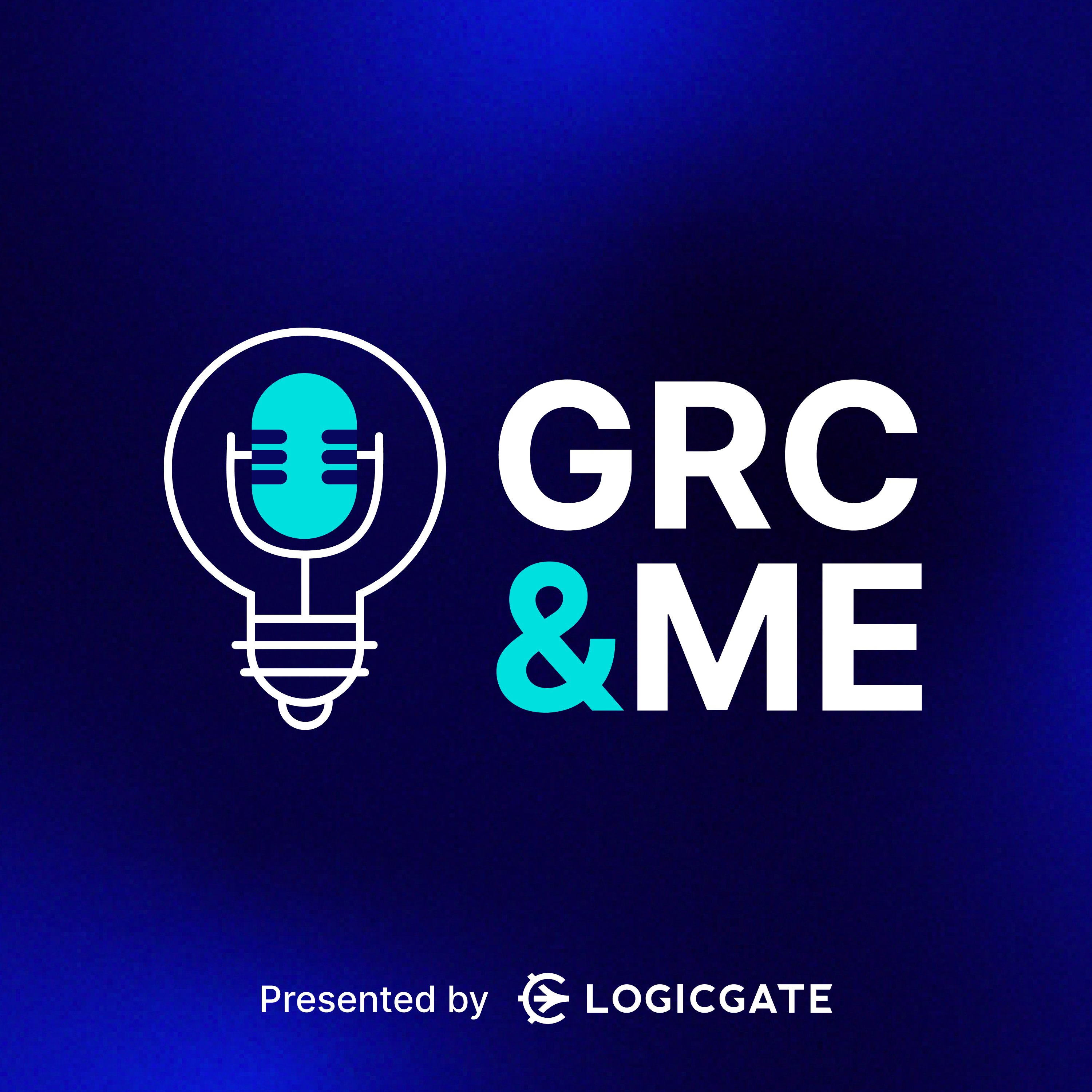Adapt to Change with Flexible Data Models
- 0.5
- 1
- 1.25
- 1.5
- 1.75
- 2
DESCRIPTION
Legacy technology’s grasp on GRC processes is slowly loosening. As LogicGate’s Director of Customer Success Szuyin Leow explains, it appears the future is here, thanks to flexible data models.
A former cybersecurity consultant, Szuyin now helps LogicGate’s customers leverage the flexible data model that powers the risk cloud platform the company is recognized for.
Adaptability is key across any industry, and that’s what this model specializes in, even in a climate with many unknowns.
In this episode of GRC & Me with host Megan Phee, Szuyin explains that compared to rigid data models, flexible ones let organizations “slot things in where they're needed” when external changes force a shift within data structures and new requirements must be implemented.
Still, the grass isn’t always greener. Too much design and customization can pose an obstacle for organizations building out their data structures, but Szuyin and her team encourage them to follow LogicGate’s best practices.
Can you guess how flexible data models benefit industries outside of GRC? That’s what the LogicGate Risk Cloud IRL competition will reveal.
Guest-at-a-Glance
Szuyin Leow
👥 What she does: As LogicGate’s Director of Customer Success, Szuyin helps customers operationalize their GRC objectives.
🏢 Company: LogicGate
💭 Key quote: “When we work with our clients at LogicGate, we make sure we're picturing the flexibility of the platform, but also bringing along a lens of our expertise in the GRC space, sharing best practices, and sharing common standard approaches we've seen work time and time again at similar client organizations.”
🔎 Where to find her: LinkedIn
GRC Highlights
💻 The concept of a flexible data model is simple yet vital: You're not stuck. Oftentimes with legacy technology, building a data model within a platform means you’re stuck with what you designed during your initial implementation — flexible data models, on the other hand, let you make adjustments based on how your organization changes over time.
💻 When unprecedented external factors like COVID-19 impact businesses, flexible data models allow critical GRC processes and functions to adapt ASAP. With rigid data models, it might take months or years to be able to introduce a new data control set or workflow.
💻 Having the flexibility to move quickly and make changes as needed is an asset, but it can also be intimidating. That’s because “you don't want to design something in the wrong way that, a year down the road, you realize is the incorrect approach,” explains Szuyin.
💻 Szuyin and her customer success team encourage customers to embrace some of LogicGate’s best practices, like this one: Take a step back to gain true alignment between all stakeholders and parties that will use the platform. That way, there’s a clear definition of each party’s needs and requirements. (Oh, and let the outcomes you hope to achieve inform the buildout of your data structure!)
💻 LogicGate’s Risk Cloud IRL competition highlights how the flexible data model isn’t just for GRC practitioners. When one employee built an application within the data model to manage her cookie service, she showed it works for bakers, too!


